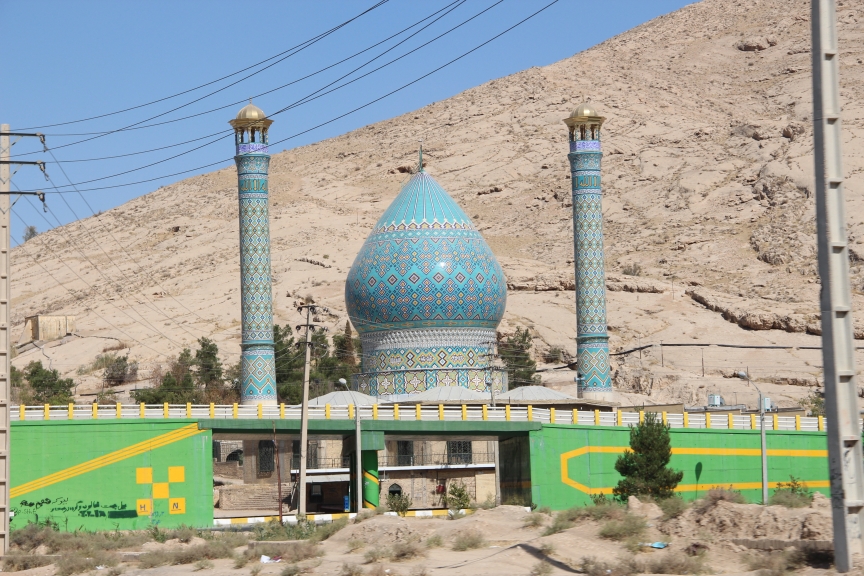Persepolis
---------------------------------------
Persepolis, literally meaning "city of Persians", was the ceremonial capital of the Achaemenid Empire (550–330 BC). It exemplifies the Achaemenid style of architecture. UNESCO declared the citadel of Persepolis a World Heritage Site in 1979. The drive from Shiraz takes the traveler on a road that literally ends at the ruins site, as seen below.
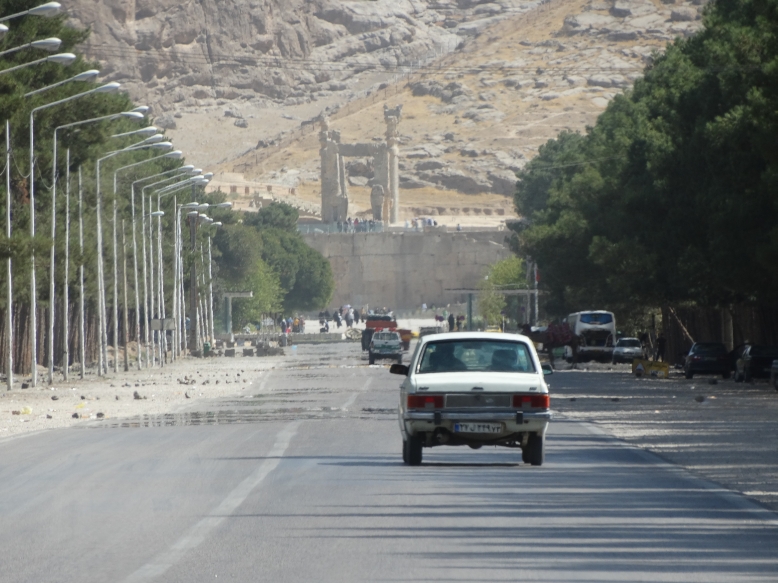
---------------------------------------
Buying a ticket to get in. Six digit price tag, but in reality it only translates to about $3 US.
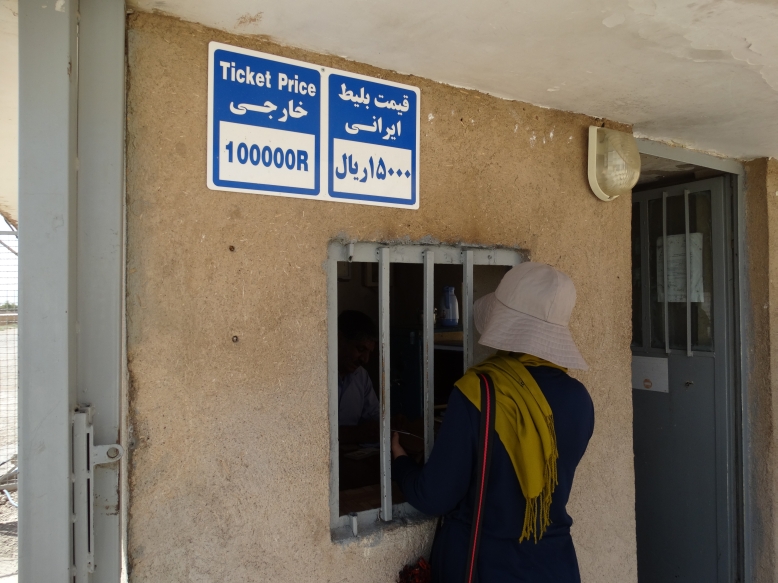
---------------------------------------
Last chance to use the facilities before visiting the ruins since everything lies outside. Notice the proper head scarf for the female.
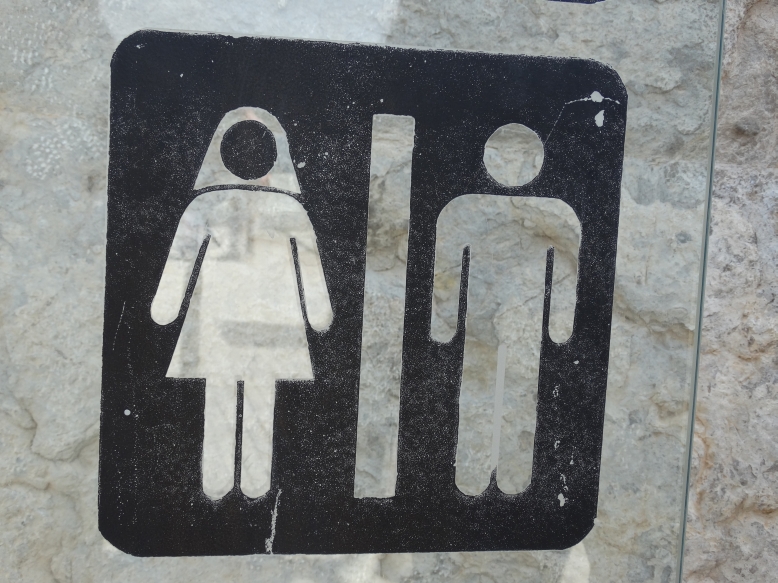
---------------------------------------
Some locals leaving Persepolis as we get ready to begin touring the site.
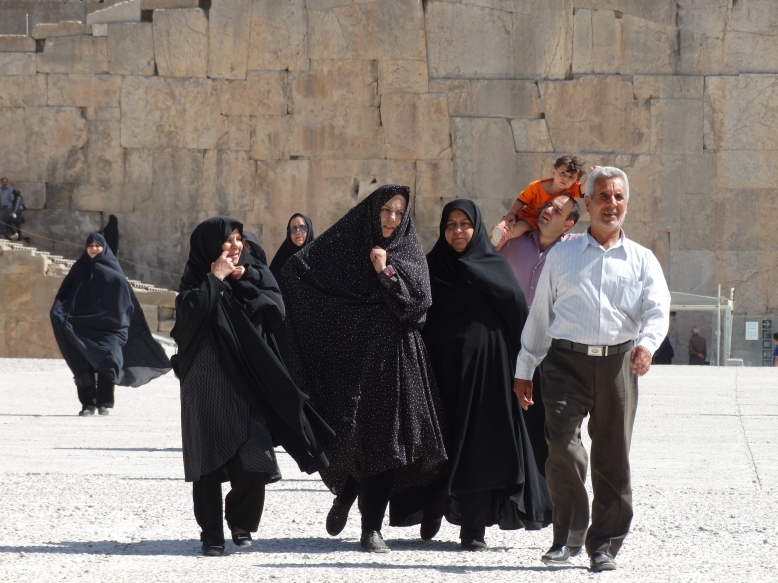
---------------------------------------
I thought it was interesting that wooden stairs were built over the originals in order to protect them from the heavy crowds, but people still walked up and down along the ancient stairs anyway.

---------------------------------------
The tour starts at what is known as the Gate of all Nations, referring to subjects of the empire. A pair of Lamassus, bulls with the heads of bearded men, stand by the western threshold. Another pair with wings and a Persian head stands by the eastern entrance. Xerxes' name was written in three languages and carved on the entrances, informing everyone that he ordered it to be built.




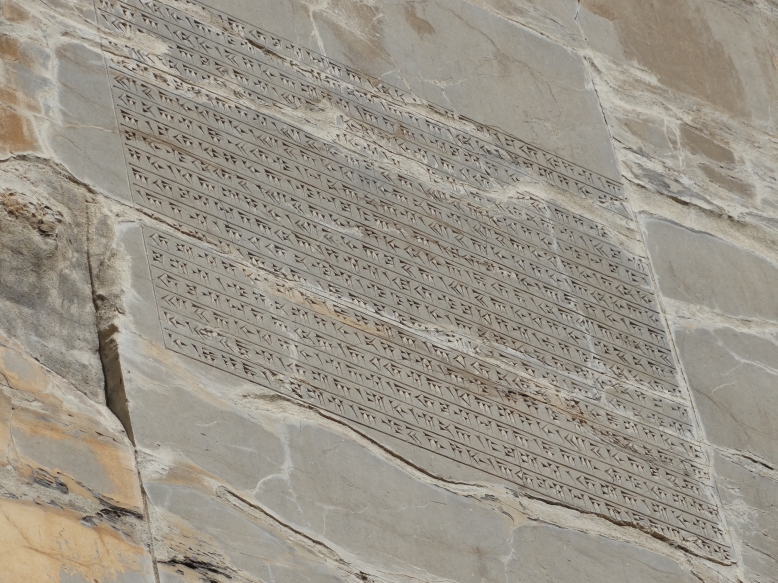
---------------------------------------
Remains of Tachara, the palace of Darius I at Persepolis. Darius died before it was finished, and it was completed after his death in 486 by his son and successor Xerxes I, who called the house a Tachara, or winter palace. Artaxerxes I continued to use the palace after him. Tribute-bearing dignitaries are shown in the relief carvings. After invading Persia, Alexander the Great sent the main force of his army to Persepolis in the year 330 BC. This palace was one of the few structures that escaped destruction in the burning of the complex after that invasion.
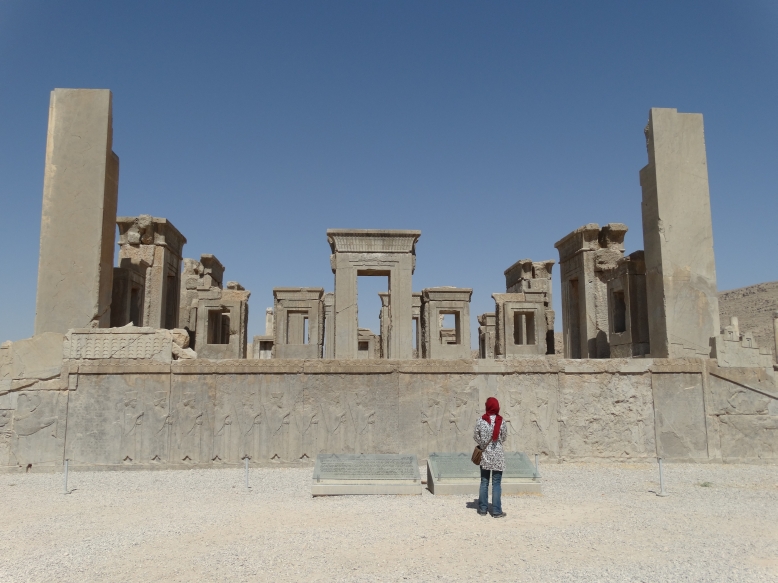
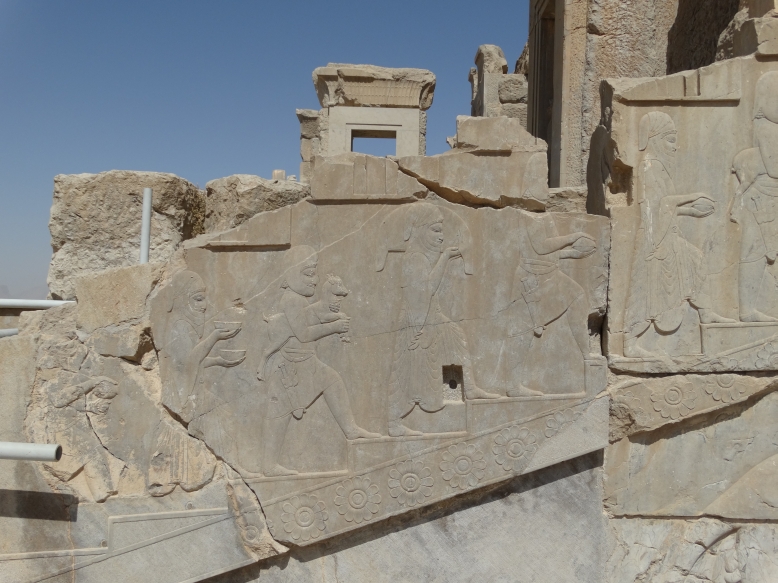
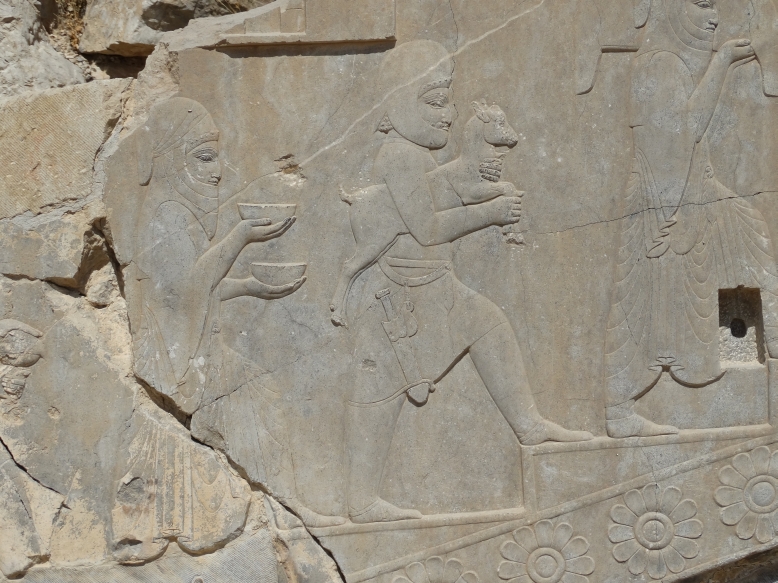
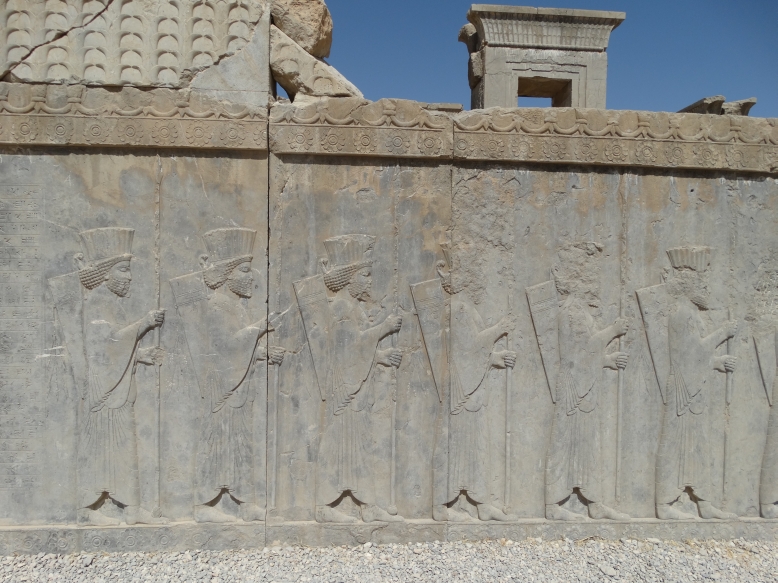
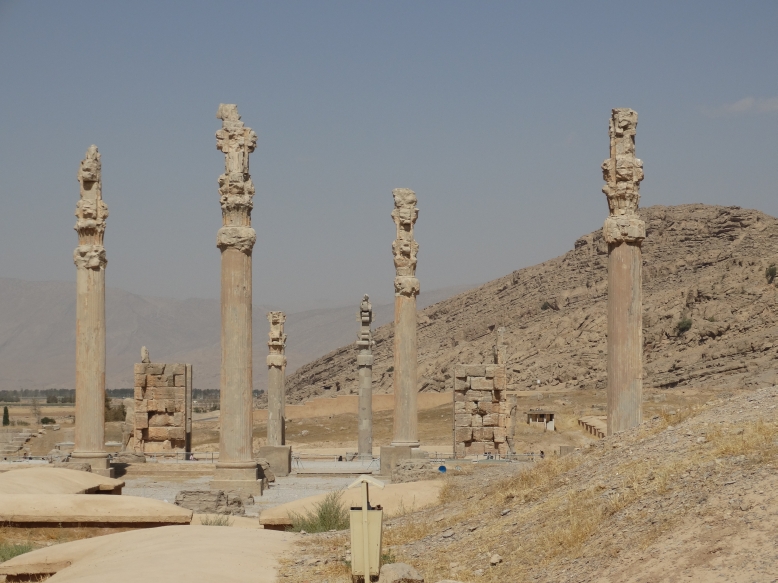
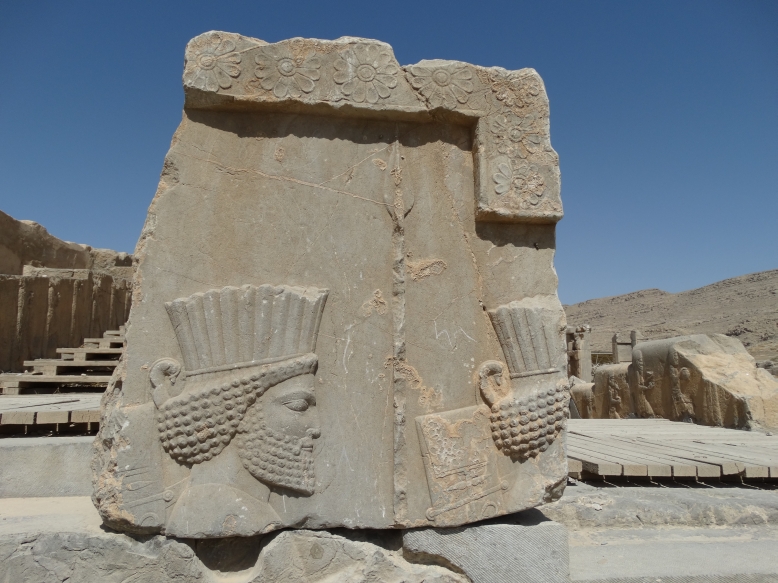
---------------------------------------
Darius the Great built the greatest palace at Persepolis on the western side, called Apadana Palace. The King of Kings used it for official audiences. Work began on the structure in 515 BC, and his son Xerxes I completed it 30 years later. The walls were tiled and decorated with pictures of lions, bulls, and flowers.

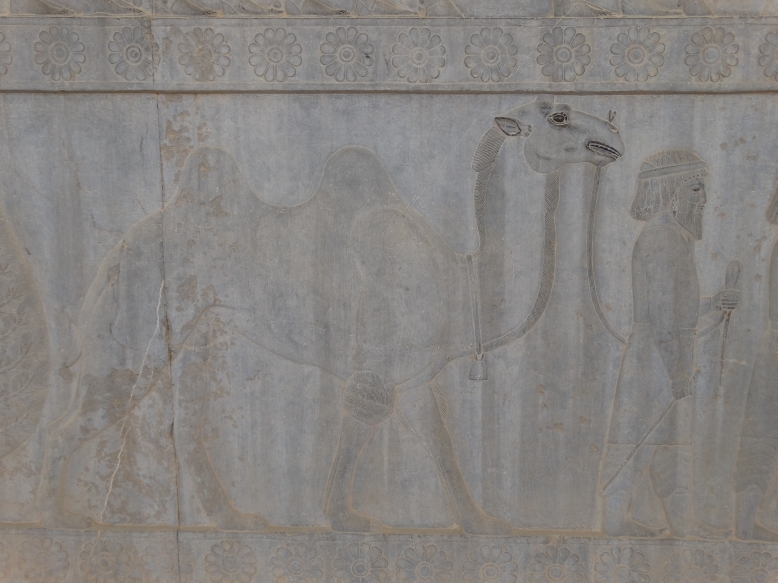
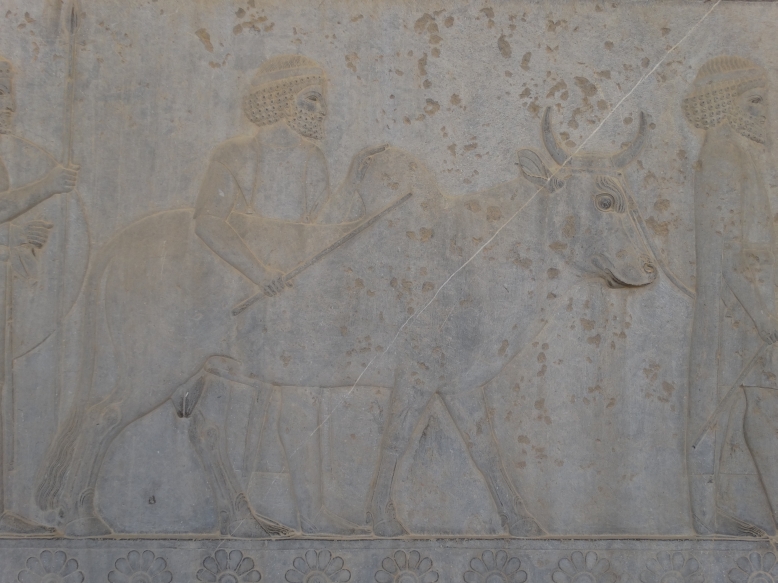
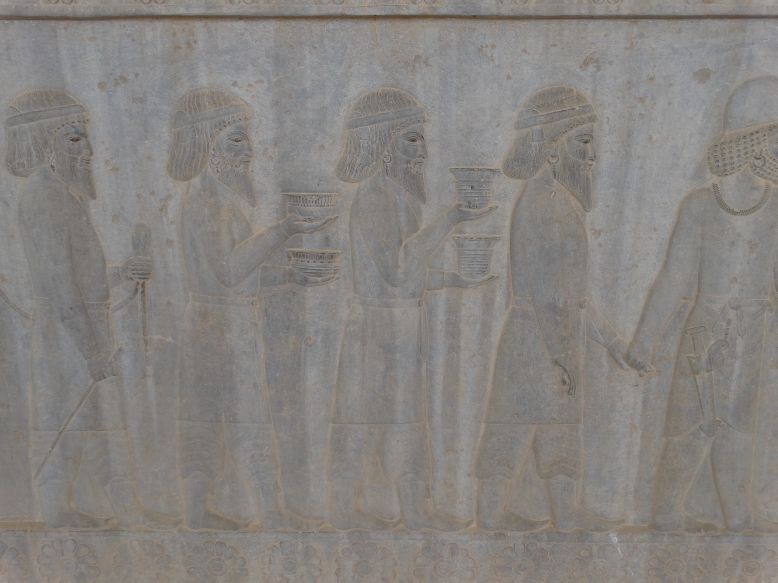



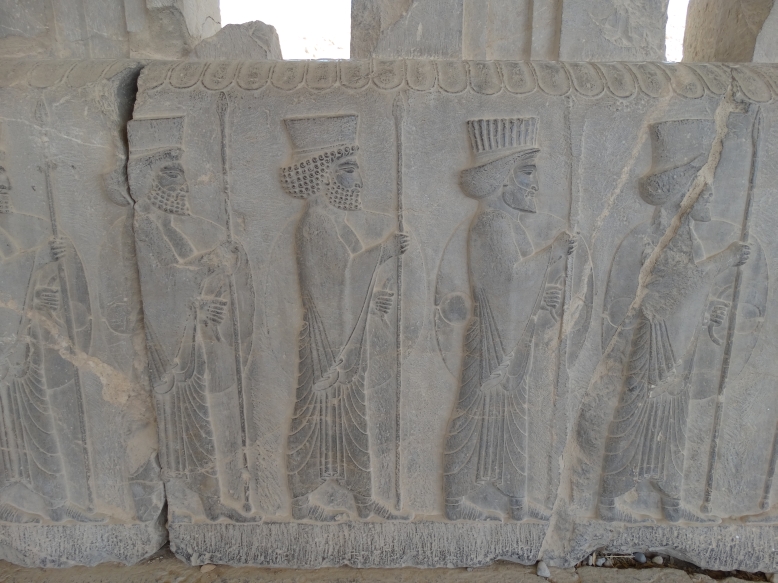
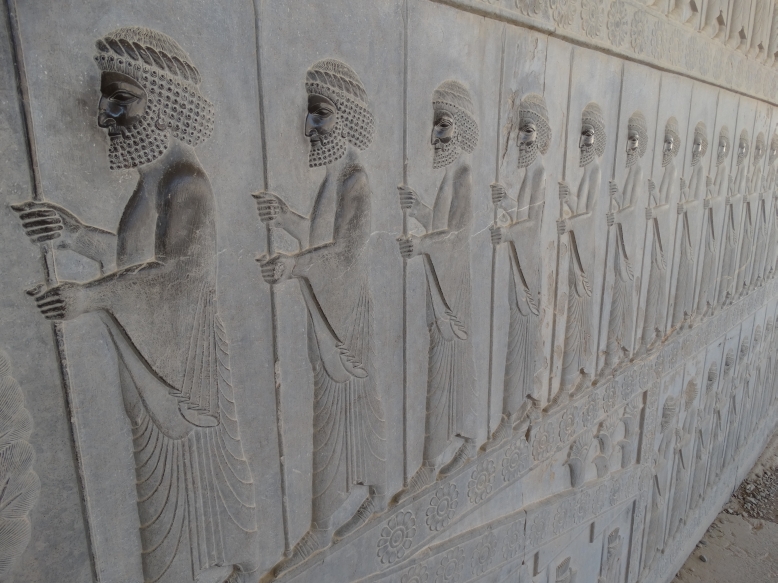

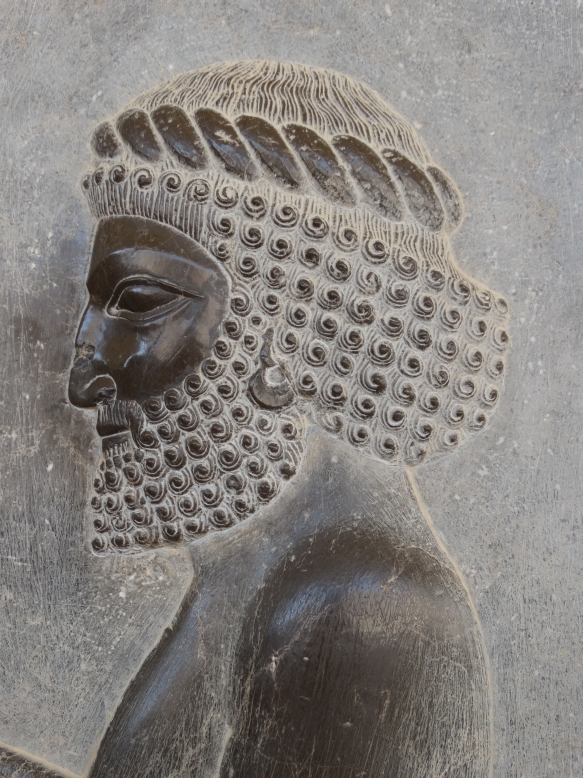
---------------------------------------
A common bas-relief scene in Persepolis, the eternally fighting bull (personifying the moon) and lion (personifying the Sun) representing the onset of Spring.
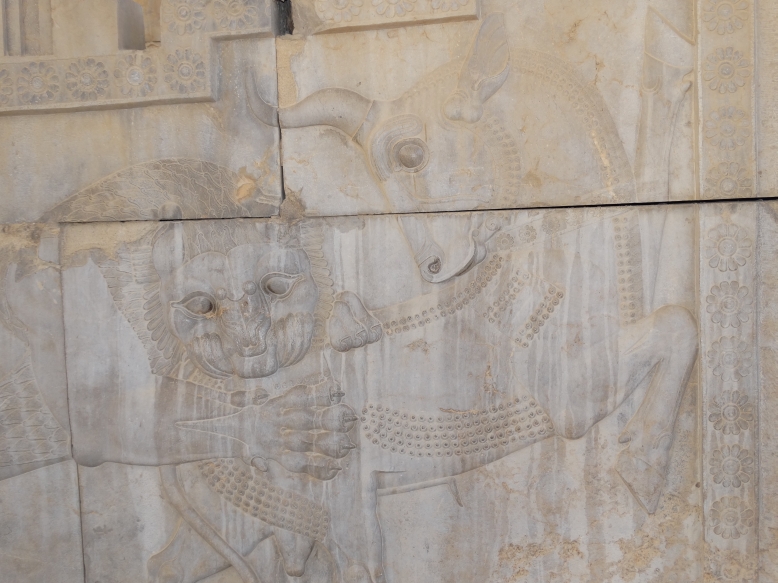
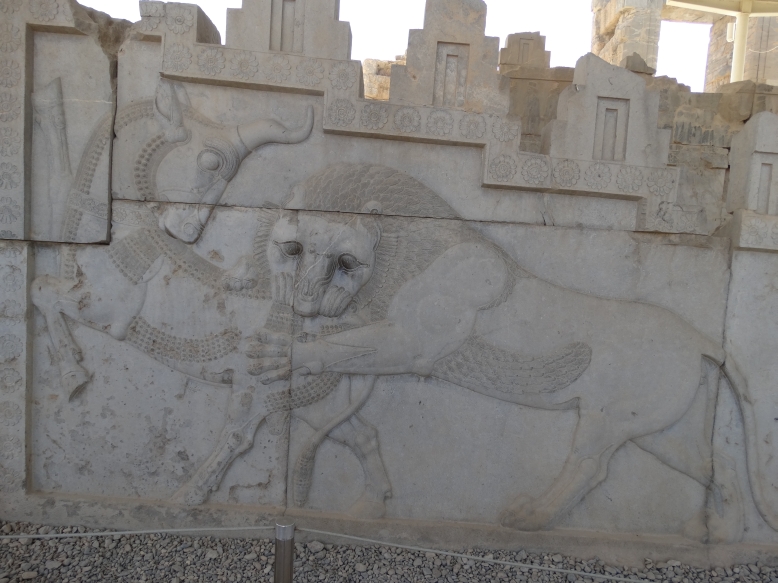
---------------------------------------
A short hike up the cliff to the highest tomb for a panorama view of Persepolis below.

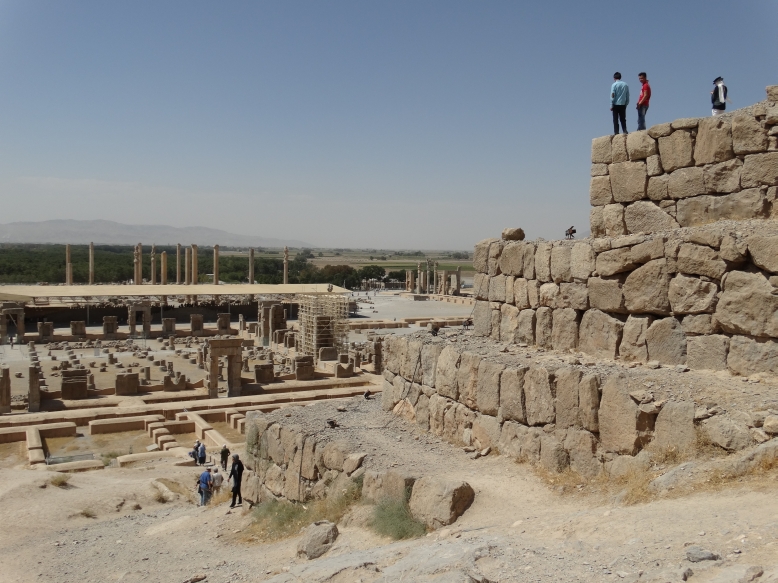


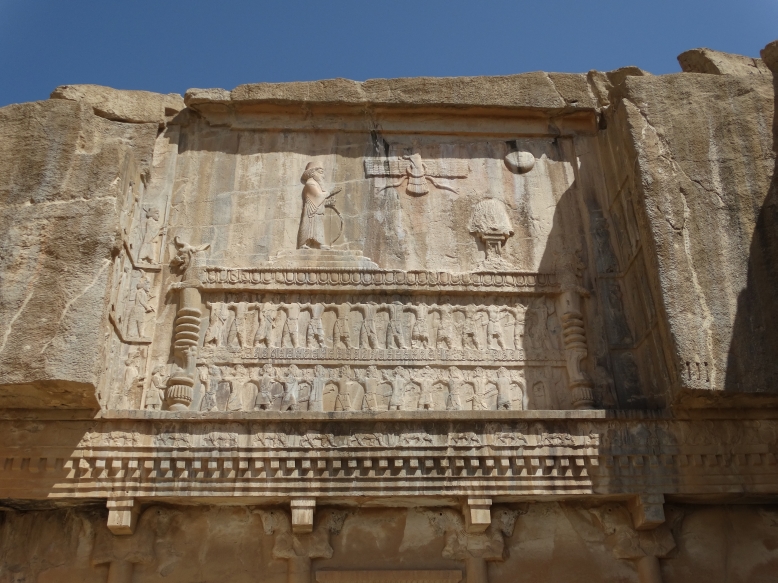
---------------------------------------
Achaemenid griffin at Persepolis.

---------------------------------------
Naqsh e Rustam is an ancient necropolis located about 12 km northwest of Persepolis. The oldest relief here dates to 1000 BC. Four tombs belonging to Achaemenid kings are carved out of the rock face at a considerable height above the ground. The tombs are known locally as the 'Persian crosses' after the shape of their facades. The entrance to each tomb is at the center of each cross, which opens onto to a small chamber where the king lay in a sarcophagus. One of the tombs is explicitly identified by an accompanying inscription as the tomb of Darius I the Great (522-486 BC). The other three tombs are believed to be those of Xerxes I (486-465 BC), Artaxerxes I (465-424 BC), and Darius II (423-404 BC). The tombs were looted following the conquest of the Achaemenid Empire by Alexander the Great.
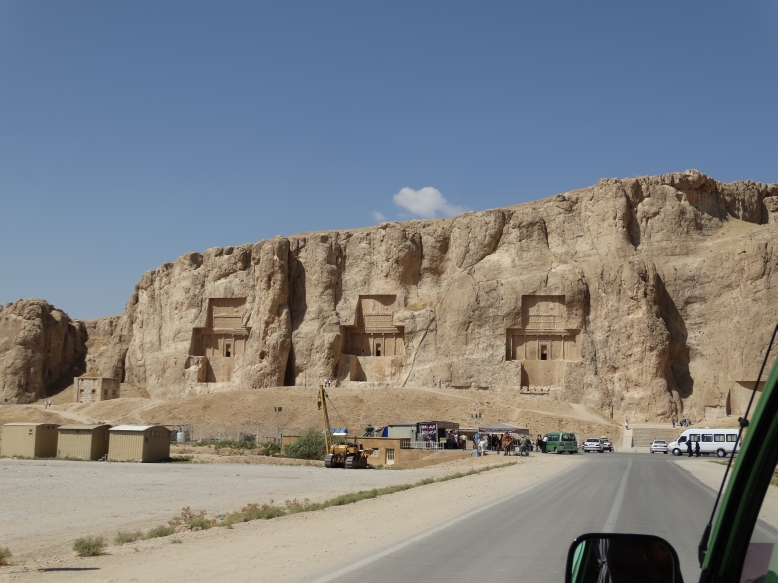
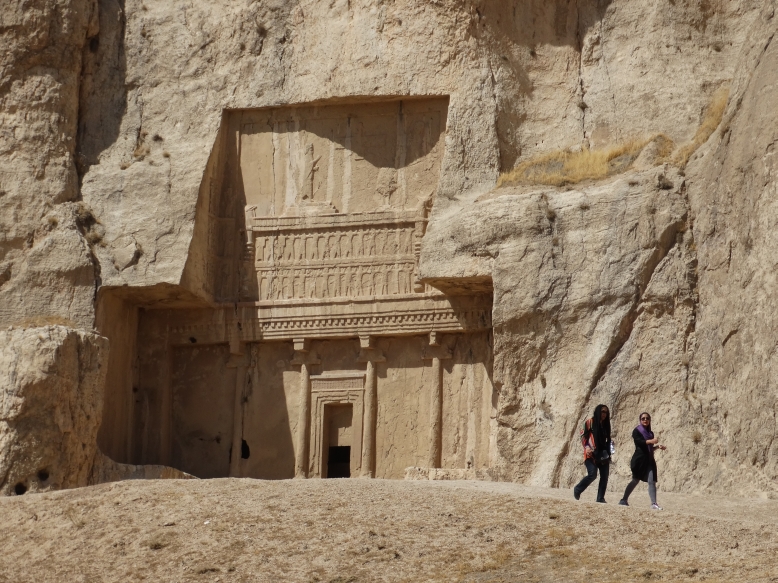
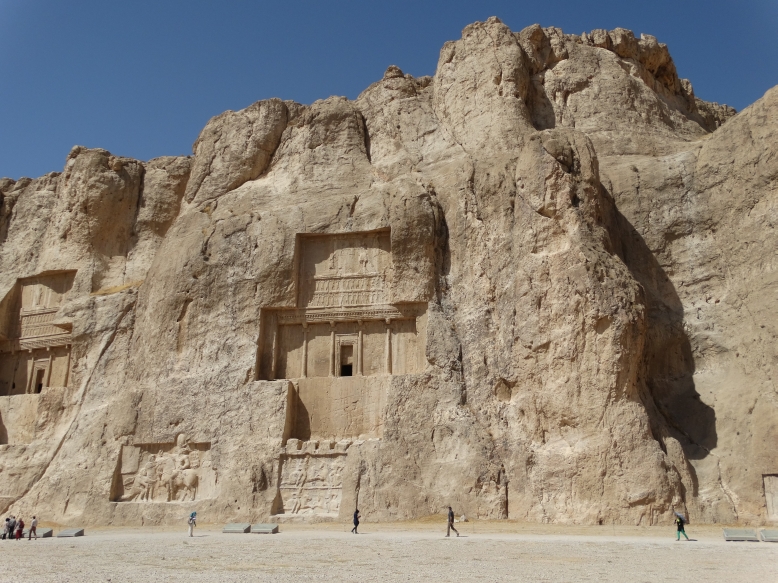
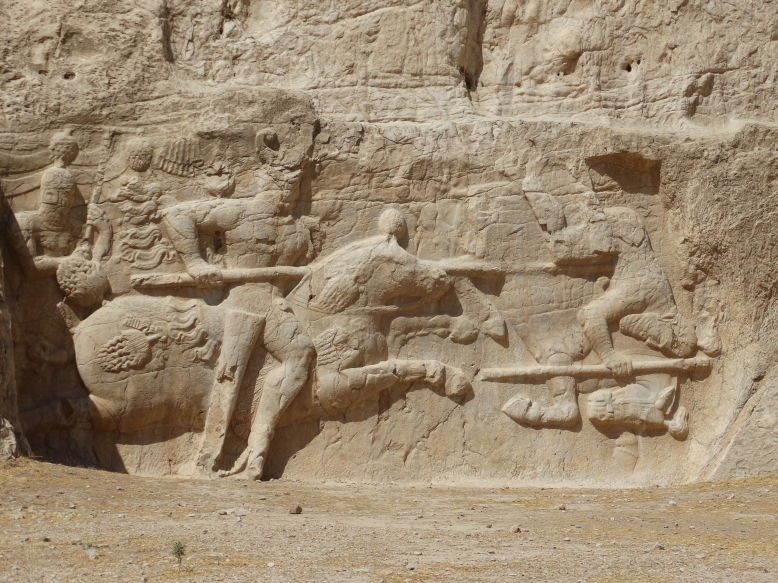

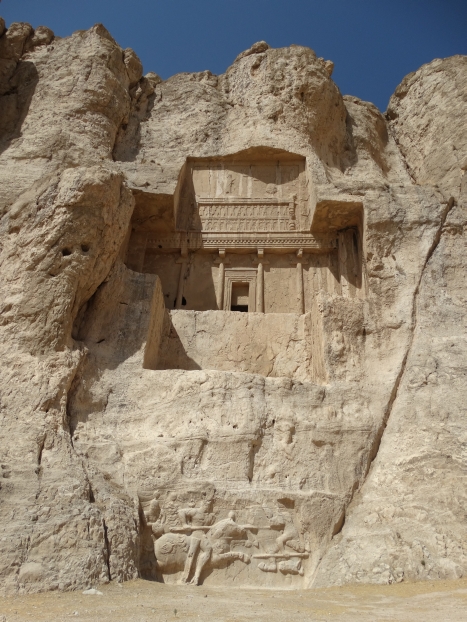



---------------------------------------
Camel outside the entrance of Naqsh e Rustam.

---------------------------------------
Some of the roadside attractions on our drive through southern Iran: beautiful mosque and tank in front of an army base.
